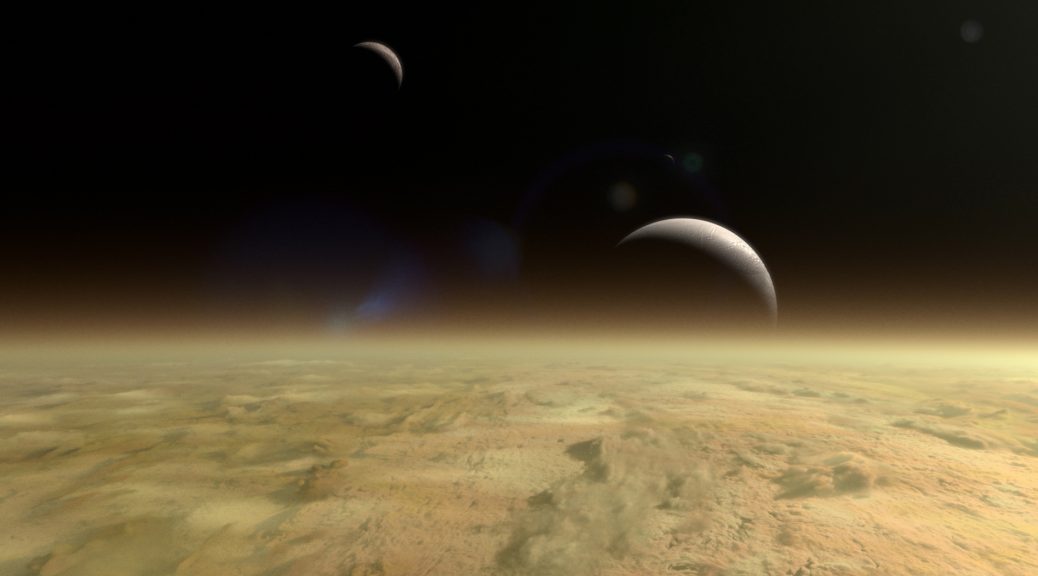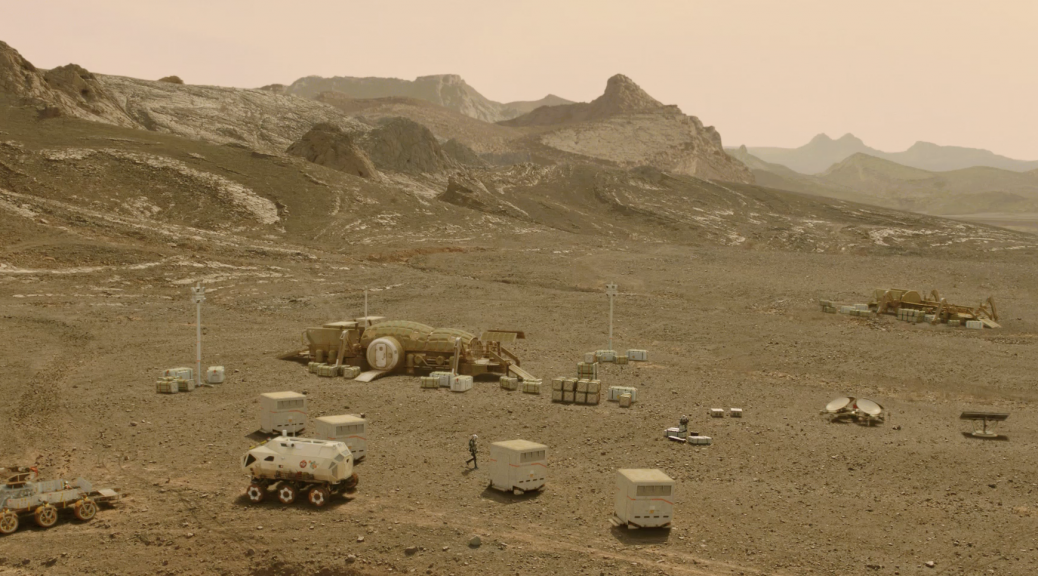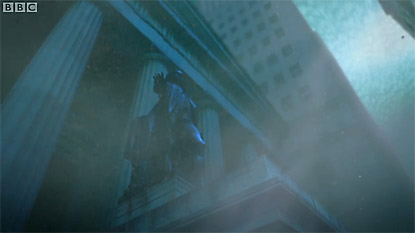PDF Shot Breakdown of 2020 3D VFX Reel
After a few more years of pootling about working in London and 2 years of Houdini work, it’s about time I updated my VFX reel! The previous one missed many projects out, so it’s fitting that this one is practically a 2019 one, especially considering the months spent during lockdown working on a personal project or two.
This particular reel contains some of the more effective and impactful shots I worked on for The Planets and the second series of Britannia, both at Lola Post Production in London’s West End. The Planets mainly involved decorative spheres in space, with a strong style that leans heavily on NASA’s archives with inky blacks and no stars. See my preview post from a while back for details!
Towards the end of The Planets I moved on to Britannia Season 2 as the CG shots were ramping up considerably. See my previous blog post for more details on that!
As an aside here, as someone who has switched 3D software to Houdini, if you’re considering learning Houdini, don’t be daunted! Start with the simpler stuff. At Lola, I was given a Houdini Core license which gets used in studios to do the day to day 3D tasks, working on shots, bringing in assets others have made, plus creating shaders, doing layout work etc. If you can handle that, the FX stuff becomes a lot easier to get your head around because you are already thinking Houdini. Looking back, especially now I have my own Houdini license at home, if I had dived into the FX end of things first it would have put me off the software. I can now easily work around problems with wrangles, writing my own nodes in VEX, I understand the logic with which the transforms are put together, the reason why global transforms are hardly ever differentiated from local and so on. If I had to learn that AND how to make a custom destruction sequence I’d be a full time bowl carver by now.
Enjoy the reel! And the drum and bass. Apologies, I needed something with pace and no lace. Feel free to use that last sentence in a conversation today.


